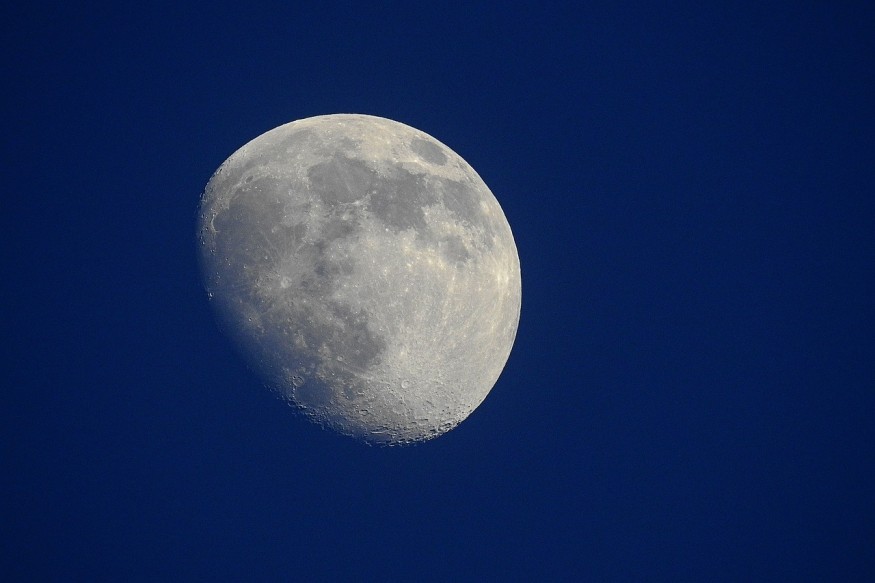The Moon originated a hundred million years after the Solar System was founded. But it has always been a mystery as to what caused Earth's satellite to be born if it did not result from the processes that caused the planets to develop.
Indeed, there have been various theories of lunar formation over the years. Previous ideas of lunar formation included capture, in which the Moon would have been a wayward planetoid. Another theory claimed that the Earth was spinning so quickly that it ejected off of the Earth and developed its own body.

Giant-Impact Theory
The most widely accepted theory of lunar formation is the giant impact theory, Space.com reported. It proposes that the Moon formed as a result of a collision between Earth and a small planet called Theia. The debris is said to have clumped together in an orbit around Earth and formed the Moon.
Theia, the Mars-sized body, collided with Earth and threw vaporized chunks of the young planet's crust into space. This kind of lunar formation would explain why the Moon is largely made up of lighter elements, which makes it less dense than Earth.
According to NASA, the energy involved in the collision between the young Earth and Theia was 100 million times larger than the much later event believed to have wiped out the dinosaurs.
However, not everyone accepts this theory since it is not without its challenges. Most models suggest that over 60%of the Moon should be made up of the material from Theia. However, rock samples from the Apollo missions indicate otherwise.
Astronomer Alessandra Mastrobuono-Battisti from the Israel Institute of Technology in Haifa told Space.com that the Earth and Moon are virtually twins in terms of composition. But this inconsistency puts a shadow over the model.
READ ALSO : Noble Gases From Earth Found in Lunar Rocks, Representing One More Clue Towards the Moon's Origin
Accretion Theory
This idea proposes that the Moon and Earth originated at the same time from a primordial accretion disk, as per Britannica. An accretion disk is a disklike flow of gas, plasma, dust, or particles surrounding an astronomical object that eventually collapses inward. This theory aims to explain the geological similarities between Earth and Moon.
The cloud's gas condensed into material and debris, which were drawn in and attached to one of these entities. The Earth drew in additional material, increasing its bulk. Earth's mass allowed it to acquire a stronger gravitational pull, and the Moon began to circle Earth. Nevertheless, opponents pointed out that this concept failed to explain the Moon's current angular momentum around Earth.
Fission Theory
The last explanation for the existence of the Moon is the fission theory, which proposes that the Moon was once part of Earth that somehow separated early in the history of the Solar System. As per an article in StarChild, the Moon came from the present Pacific Ocean basin.
Scientists thought this theory explains the similarities in the geological composition of Earth's mantle and the lunar surface. But the present-day Earth-moon system does not contain evidence of this and does not have a natural explanation for the extra baking the Moon received.
RELATED ARTICLE: NASA Supercomputer Simulation Shows Moon May Have Formed in Hours, Not Years, Following a Violent Collision
Check out more news and information on the Origin of the Moon in Science Times.
© 2025 ScienceTimes.com All rights reserved. Do not reproduce without permission. The window to the world of Science Times.












